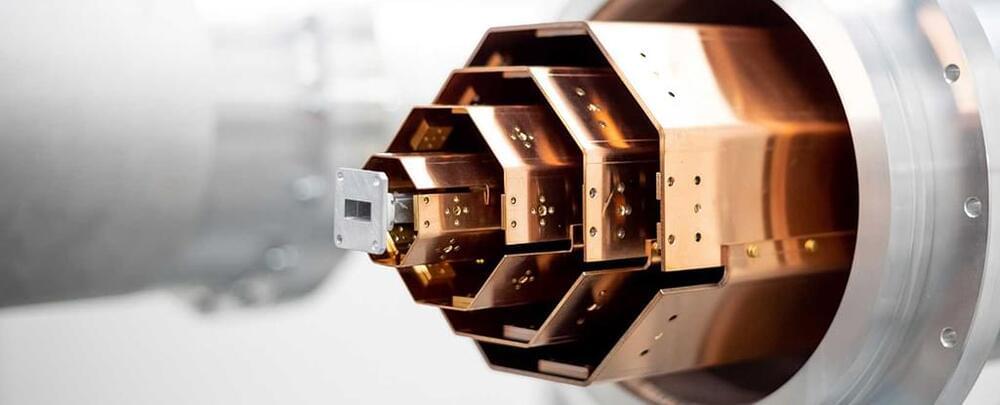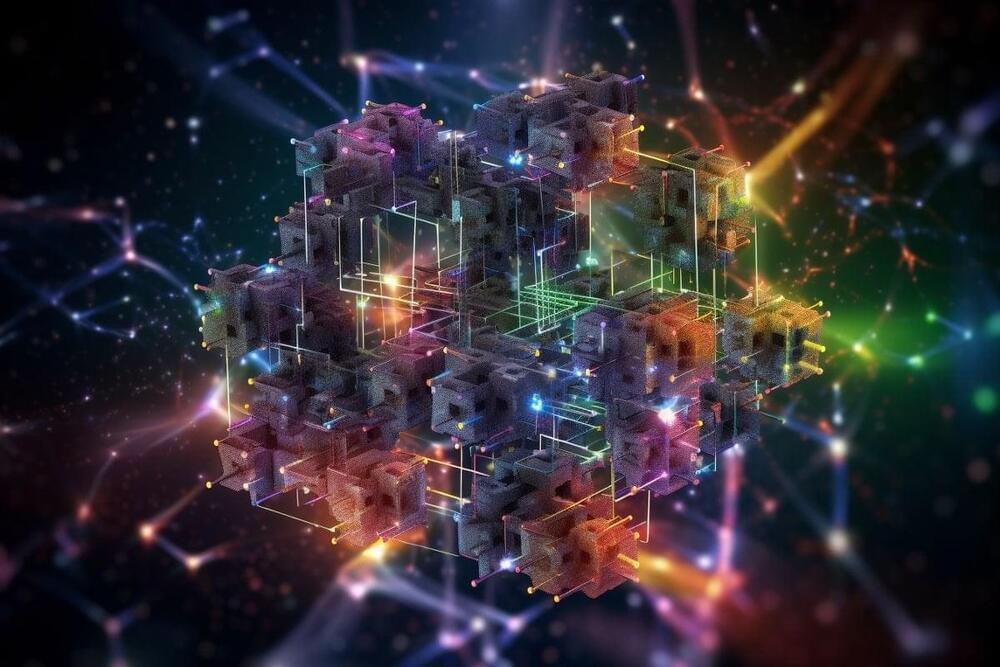😗😁
Imagine having a building made of stacks of bricks connected by adaptable bridges. You pull a knob that modifies the bridges and the building changes functionality. Wouldn’t it be great?
A team of researchers led by Prof. Aitor Mugarza, from the Catalan Institute of Nanoscience and Nanotechnology (ICN2) and ICREA, together with Prof. Diego Peña from the Center for Research in Biological Chemistry and Molecular Materials of the University of Santiago de Campostela (CiQUS-USC), Dr. Cesar Moreno, formerly a member of ICN2’s team and currently a researcher at the University of Cantabria, and Dr. Aran Garcia-Lekue, from the Donostia International Physics Center (DIPC) and Ikerbasque Foundation, has done something analogous, but at the single-atom scale, with the aim of synthesizing new carbon-based materials with tunable properties.
As explained in a paper just published in the Journal of the American Chemical Society (JACS) and featured on the cover of the issue, this research is a significant breakthrough in the precise engineering of atomic-thin materials —called “2D materials” due to their reduced dimensionality. The proposed fabrication technique opens exciting new possibilities for materials science, and, in particular, for application in advanced electronics and future solutions for sustainable energy.








